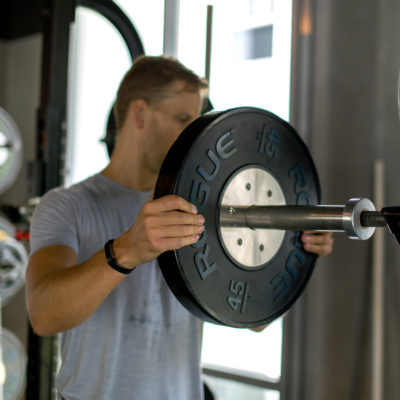
High Performance Business Executive – Part 2 – Nutrition for the Travelling Executive
In Part 1 we looked at exercise and how this can be applied to the travelling business executive who is looking to perform at their
First up is the blood glucose meter, (BGM).
BGM testing is usually reserved for type 2 diabetics who are required to self-administer insulin in order to control of their blood sugar levels. Simply put, you ‘pin prick’ your finger to produce a very small blood sample and place it on the test strip. This is very important in the aforementioned cases of people with diabetes, and only takes around 10 seconds.
They need to check their blood glucose levels regularly, and either eat some food or administer insulin accordingly. Now here is the geeky part that I really love – using this very quick and easy technology, you are able to do exactly the same test and still receive an accurate reading of your current blood glucose levels. I do this first thing every morning so I can check my fasting glucose.
This is a number everybody should know and be aware of, if they have any interest in longevity for themselves. As we are performing this test in a fasted state, we would not have consumed food for the past 10 hours or so. This should allow ample time for your body to regulate blood glucose levels and distribute and shuttle glucose into the required cells.
The goal of the test is to discover what your blood glucose range is; we look for 70-90. Anything higher than 90 is problematic, and is a clear sign that your body’s ability to manage carbohydrates is compromised. From a body compositional perspective, this means it is harder for you to consistently drop body fat. This number is highly correlated to your training and nutrition – as you increase activity and watch what you eat, this number will go down. However when you’re inactive and eating poorly, this number will rise. If you score over 100, this means you could be / probably are pre-diabetic and should be concerned. Time to take action. When my clients have a reading of 70, I’m a very happy coach.
My second self-assessment that I do in the morning is check my acid/alkaline balance. I do this using PH strips, as they are a very quick, cheap and convenient way of getting instant feedback to what is actually happening inside the body at any given moment.
You can check morning PH via urine or saliva. If you happen to be too acidic (<6.0), you know you might need to reduce your training volume or simply try to increase acid buffering in the body. The quickest and easiest way would be to drink those greens and add additional electrolytes.
Why should I be concerned if I am too acidic for prolonged periods of time? Well for starters, cancer thrives in an acidic state. Secondly, the more acidic your blood, the more the body will try to alkalize by any means necessary. As a result, calcium can be leached from your bones and released into the blood stream; very bad news. It instantly weakens your bones and opens you up to osteoporosis and osteoarthritis. This, in combination with increasing your risk for cancer, should be enough to spur you to act.
You don’t need to do the above tests everyday. However, a few times per week will give you an insight into your preventative personal health.

In Part 1 we looked at exercise and how this can be applied to the travelling business executive who is looking to perform at their

Business travel is a modern day reality, especially in the Middle East. There are many executives undertaking long haul flights on a weekly basis. This

D5 Coach Adam McCubbin discusses tailoring your training and nutrition to your individual requirements One size doesn’t fit all when it comes to training, nutrition